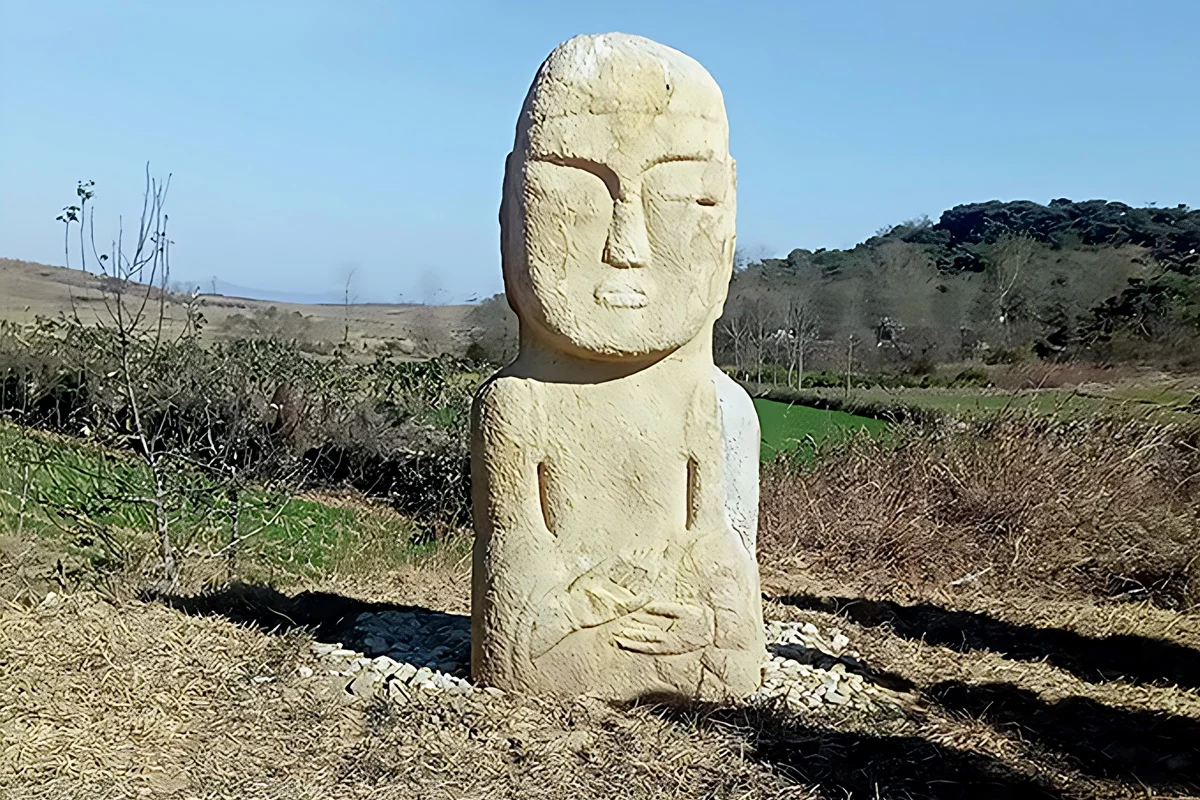The Korean Central News Agency (KCNA) has announced the discovery of a Buddha statue in North Korea.
The statue was found by the Archaeology Institute of the Academy of Social Sciences and the National Authority for the Protection of Cultural Heritage during investigations of historical sites in Yakjon-ri, South Phyongan Province.
According to state news, archaeological surveys and excavations unearthed historical relics, including a large Buddha statue dating back to the early years of the Goryeo period (AD 918-1392).
Goryeo was a Korean kingdom established in AD 918, which unified and governed the Korean Peninsula until the rise of the Great Joseon dynasty in 1392. With its capital in present-day Kaesong, Goryeo flourished as a hub of trade, industry, art, and culture.
The Goryeo period was considered a “Golden Age of Buddhism”, serving as the dominant state religion and a central force in the kingdom’s cultural and political life.
The Buddha statue found at Yakjon-ri measures 1.7 metres in height and depicts Amitābha, one of the principal Buddhas in Mahayana Buddhism and the most revered figure in East Asian Buddhist traditions.
Amitābha is often depicted alongside two assistant bodhisattvas – Avalokiteśvara on the right and Mahāsthāmaprāpta on the left, forming what is known as the “Amitābha Triad.” This iconographic tradition likely traces its origins to Gandhara and became especially prominent in the artistic traditions of China, Japan, and Korea.
“Through analysis of the position of the Buddha’s two hands and other depictions, scholars confirmed it as the image of Amitābha. They also deepened the survey of tile pieces from the surroundings and discovered that they were made in the early 10th century, the early period of Goryeo,” said the KCNA.
Header Image Credit : KCNA
Sources : Korean Central News Agency





